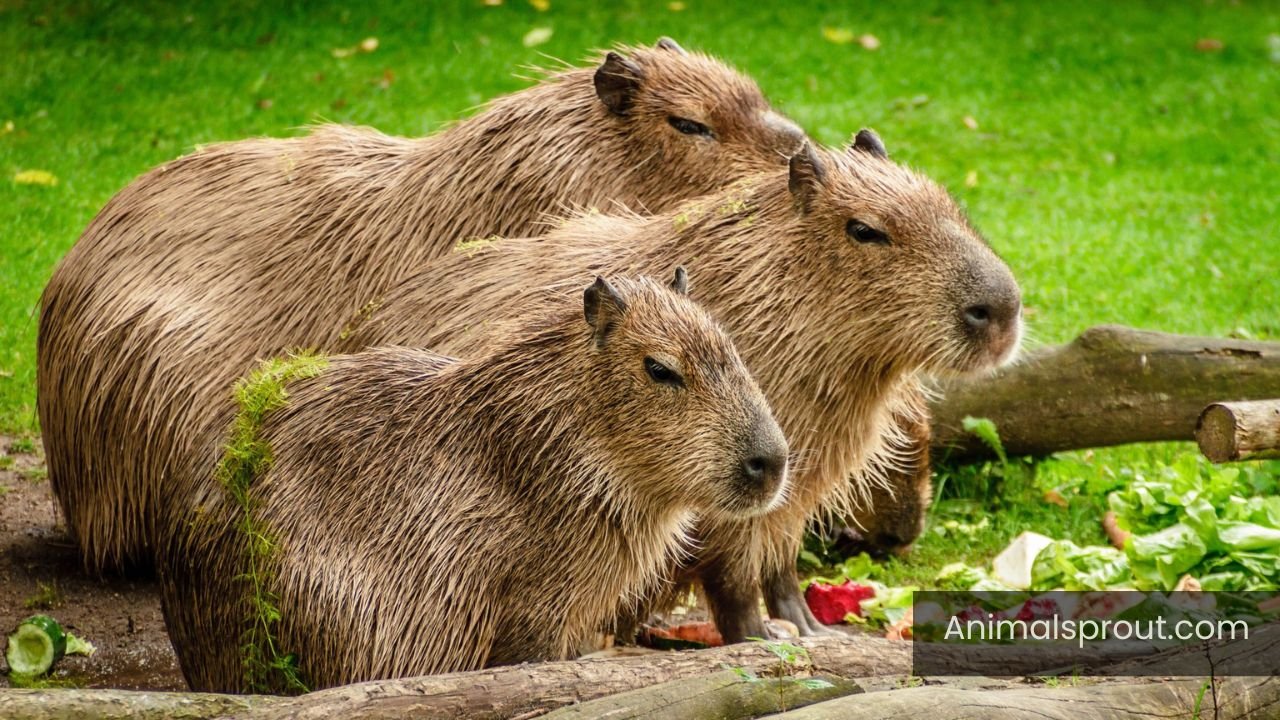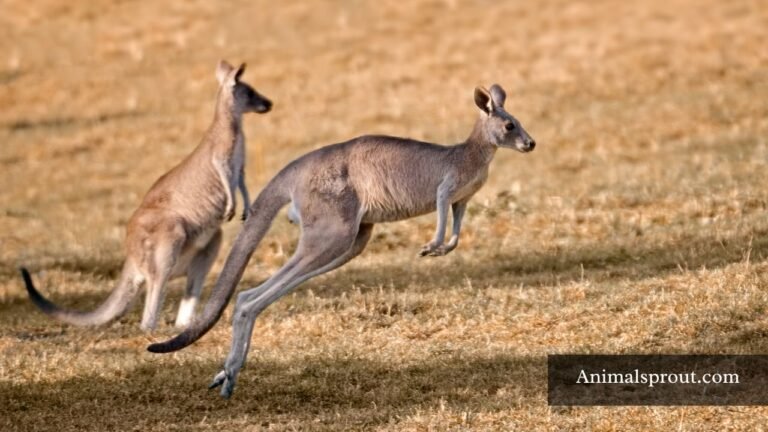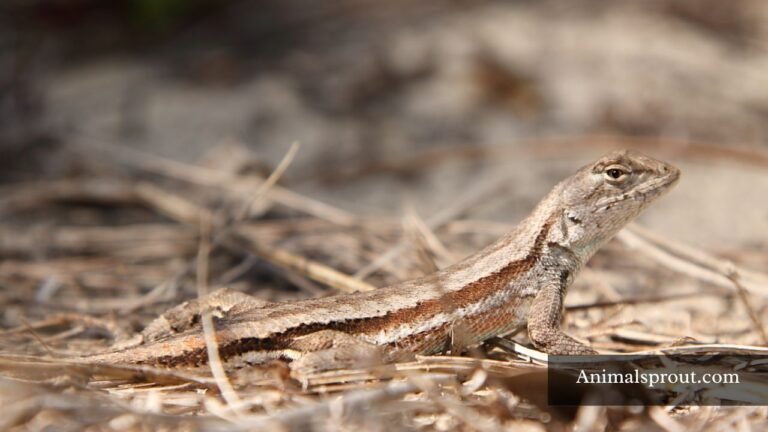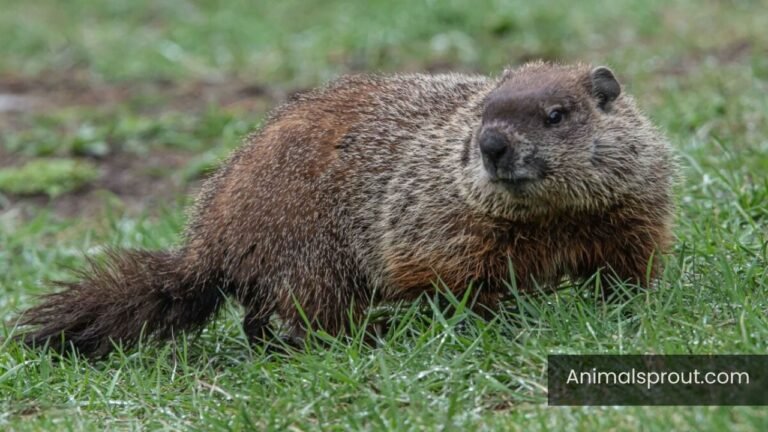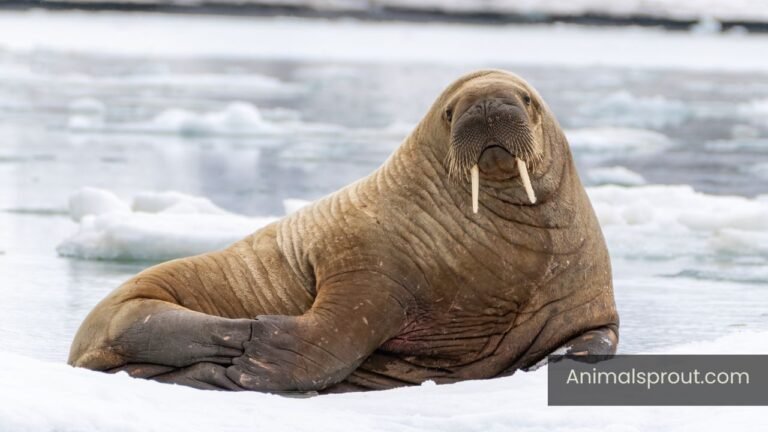Explore Top 11 Animals Without Tails (With Images)
In the fascinating world of wildlife, Animals Without Tails often possess unique adaptations and characteristics that allow them to thrive in their environments. Understanding these remarkable creatures not only challenges our perceptions of what it means to be an animal but also highlights the incredible diversity of life on our planet. In this article, we will explore various tail-less animals, their survival strategies, and why they matter in the grand tapestry of nature.
List Of Animals Without Tails
Here is the list of animals that have no tail:
| Number Of Animals | Animals that have no tail |
| 1 | Apes |
| 3 | Manx Cat |
| 4 | Koala |
| 5 | Frogs and Toads |
| 6 | Barbary Macaque |
| 7 | Capybara |
| 8 | Guinea Pig |
| 9 | Kiwi Bird |
| 10 | Octopus |
| 11 | Spiders |
Apes
Class: Mammalia
Apes, the closest relatives to humans, are fascinating not just for their intelligence and social behaviors but also for their unique adaptations, including the absence of tails. This evolutionary trait, which sets them apart from many other primates, offers a glimpse into their complex lifestyles. Without tails, apes have developed enhanced mobility in the trees, relying on their powerful arms and gripping feet to navigate their arboreal habitats. This adaptation allows them to swing gracefully from branch to branch, showcasing not only agility but also a remarkable ability to balance and maneuver in dense foliage.
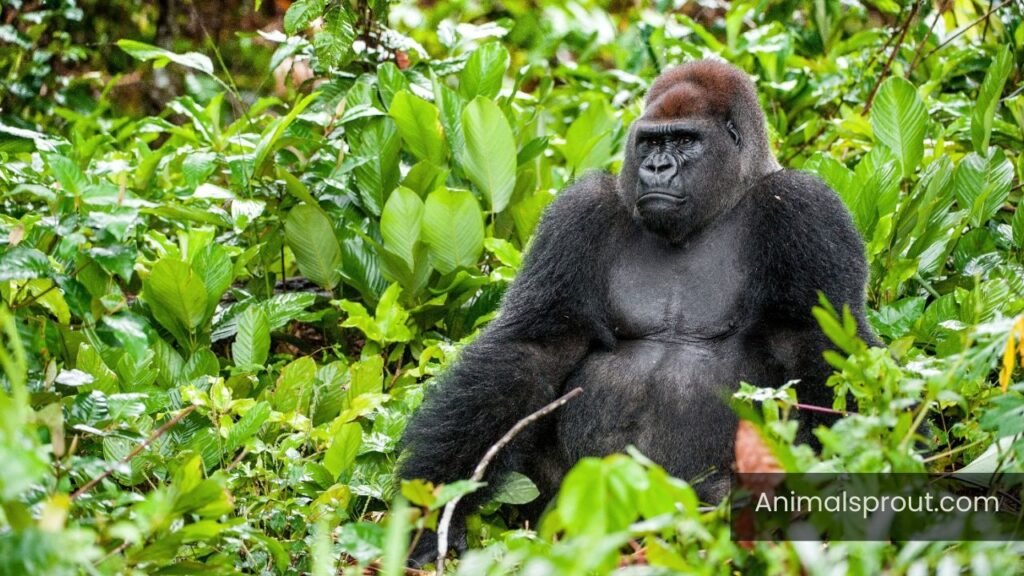
Moreover, the absence of tails has significant implications for social interaction among apes. In species such as gorillas and chimpanzees, communication is nuanced and often relies on body language, facial expressions, and vocalizations rather than tail movements. This shift towards more sophisticated forms of interaction highlights their cognitive abilities and reflects the intricate social structures within ape communities.
Manx Cat
Class: Mammalia
The Manx cat, renowned for its distinctive taillessness, is a fascinating breed that captures the imagination of feline enthusiasts. This genetic quirk, caused by a dominant mutation, does not just define its appearance; it also influences the cat’s personality and behavior. Many owners report that Manx cats are particularly affectionate and social, often forming strong bonds with their human companions. Their playful nature and intelligence make them engaging pets, with a knack for learning tricks and even playing fetch.
Interestingly, the absence of a tail doesn’t hinder their agility or balance; in fact, many Manx cats are remarkably adept at jumping and climbing. This adaptability may stem from their origins on the Isle of Man, where they evolved to navigate rugged terrain. The breed comes in various tail lengths, from completely tailless to those with a “rumpy” or a short stub, showcasing the intriguing spectrum of this genetic trait.
Koala
Scientific Name: Phascolarctos cinereus
Class: Mammalia
Koalas, often celebrated for their adorable faces and tree-hugging lifestyle, offer a unique glimpse into the world of animals without tails. Unlike many marsupials, which rely on their tails for balance and agility, koalas have evolved in a way that renders their stubby, non-functional tails nearly obsolete. This adaptation is particularly fascinating given their arboreal habitat; instead of relying on a tail for stability, koalas have developed strong limbs and sharp claws that allow them to navigate the treetops with remarkable dexterity.

Moreover, the absence of a prominent tail has implications for their social interactions and communication. Koalas are known for their distinct vocalizations, which can carry over long distances in the dense eucalyptus forests they inhabit. Without a tail to aid in body language, these marsupials have honed their vocal skills to convey everything from territorial claims to mating calls. This reliance on sound highlights an intriguing aspect of their behavior—while many animals use physical signals to communicate, koalas adapt through auditory cues, showcasing the diverse strategies life employs to thrive in specific environments.
Readmore: Explore Top 18 Animals That Walk on Two Legs In The World.
Frogs and Toads
Class: Amphibia
Frogs and toads, often mistaken for one another, share a fascinating evolutionary trait: the absence of tails as adults. Unlike many amphibians that retain tails into adulthood, these creatures have adapted to a life on land, relying on powerful hind legs for locomotion. This unique adaptation allows them to leap impressive distances, a skill essential for escaping predators and navigating their environments. Their smooth skin, often adorned with vibrant colors or intricate patterns, serves not just for camouflage but also for communication and attracting mates.
Interestingly, the absence of a tail has led to diverse behaviors in frogs and toads. For instance, some species have developed intricate vocalizations, using their vocal sacs to produce calls that resonate through wetlands at night. This acoustic prowess helps establish territory and lure partners, showcasing an extraordinary example of adaptation through evolution.
Barbary Macaque
Scientific Name: Macaca sylvanus
Class: Mammalia
The Barbary macaque, an intriguing primate native to the mountainous regions of North Africa, stands out not just for its intelligence but also for its unique appearance—most notably, its lack of a tail. This feature, which sets it apart from many other monkeys, offers fascinating insights into its evolutionary adaptations. Unlike their tailed relatives, Barbary macaques rely heavily on their dexterous limbs and strong social structures to navigate their environments and interact with one another.

Living in complex societies, these macaques exhibit remarkable social behaviors, including grooming rituals that strengthen bonds within their troops. Their lack of a tail may seem like a disadvantage, yet it allows for greater agility in climbing and maneuvering through rocky terrains.
Readmore: Top 20 Most Energetic Animals In The World (With Images).
Capybara
Scientific Name: Hydrochoerus hydrochaeris
Class: Mammalia
The capybara, often dubbed the world’s largest rodent, is a fascinating creature that defies conventional expectations. While their stout bodies and gentle demeanor might draw you in, it’s their unique adaptations that truly set them apart. Unlike many animals that rely on tails for balance or communication, capybaras exhibit a remarkable ability to thrive without this appendage. Instead, they rely on their strong limbs and webbed feet to navigate both land and water with surprising agility, making them adept swimmers.
Beyond their physical attributes, capybaras possess an intriguing social structure. These animals live in groups, often ranging from 10 to 20 individuals, which fosters a sense of community and protection against predators. Their lack of a tail does not hinder their interactions; instead, they engage in a rich tapestry of vocalizations and body language to communicate.
Guinea Pig
Scientific Name: Cavia porcellus
Class: Mammalia
Guinea pigs, with their plump bodies and endearing squeaks, are a delightful example of tailless mammals. Unlike many rodents, they have evolved without the long, expressive tails that are characteristic of their relatives, such as rats and mice. This absence of a tail may seem like a disadvantage, but it actually enhances their charm and adaptability. In the wild, these social creatures thrive in groups, relying on their robust communication skills and social behaviors rather than tail signals to convey emotions and establish hierarchies.
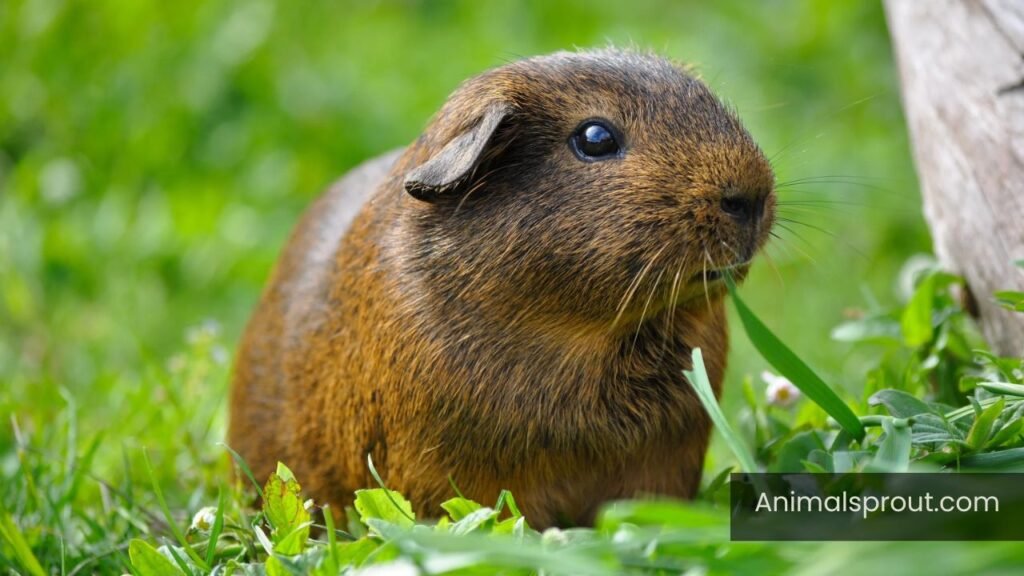
Their lack of a tail also contributes to their unique body mechanics. Guinea pigs are built for stability and comfort, allowing them to navigate their habitats with agility despite their rounded forms. This design enables them to burrow into grassy nests or scurry to safety from predators without the hindrance of a tail. Furthermore, their tactile whiskers serve as an effective alternative for spatial awareness, helping them explore their environment with confidence. In essence, the guinea pig’s tail-less anatomy is not just a quirk of evolution; it’s a fascinating adaptation that reflects their lifestyle and social dynamics.
Kiwi Bird
Class: Aves
The kiwi bird, a flightless wonder native to New Zealand, offers a fascinating glimpse into the world of animals without tails. Unlike many birds that use their tails for balance and steering, kiwis have evolved to thrive without this appendage. Their unique body structure, characterized by a stout, round body and long, slender beak, allows them to forage effectively in the forest floor litter. This adaptation is particularly intriguing; instead of relying on aerial navigation, kiwis have developed an acute sense of smell—an unusual trait for birds—enabling them to locate insects and worms hidden beneath the leaf litter.
Beyond their physical characteristics, kiwis symbolize resilience in the face of environmental challenges. As nocturnal creatures, they embody the mystery of New Zealand’s biodiversity, often found moving silently through the underbrush in search of food. The absence of a tail might seem like a disadvantage, but it has allowed them to adapt to their unique ecological niche.
Also read: Top 14 Most Curious Animals In The World.
Octopus
Class: Cephalopoda
The octopus, often celebrated for its intelligence and dexterity, embodies the spirit of adaptability in the animal kingdom. Lacking a tail, this marine marvel has evolved to thrive in environments where agility and stealth are paramount. With eight flexible arms lined with sensitive suckers, an octopus can navigate rocky crevices, manipulate objects, and even escape predators with astonishing ease. This unique anatomical structure not only aids in locomotion but also enhances their ability to interact with their surroundings, showcasing a level of problem-solving that rivals many mammals.
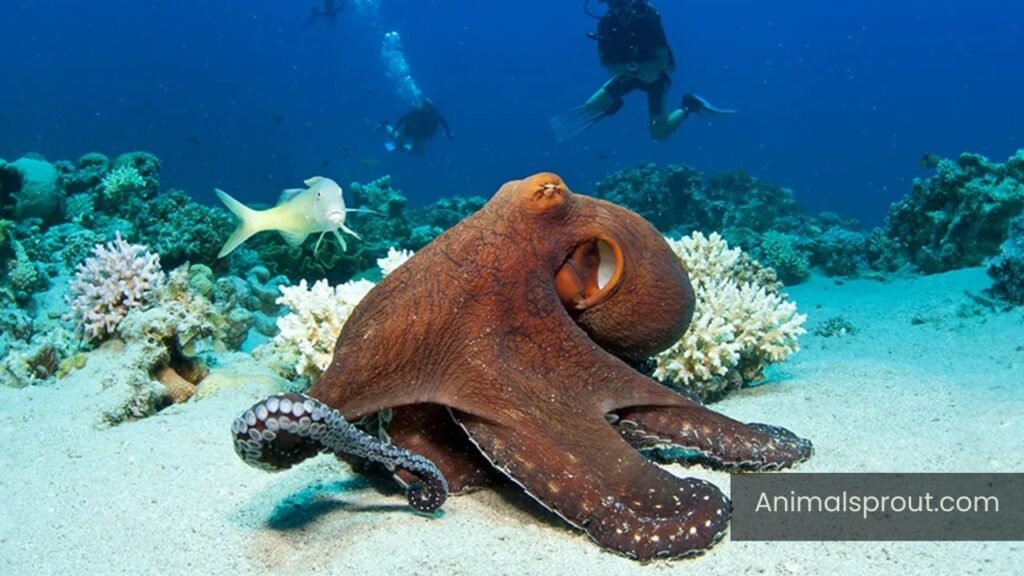
Beyond their physical prowess, octopuses possess a remarkable capacity for camouflage, changing color and texture to blend seamlessly into their environment. This skill not only serves as a defense mechanism but also highlights their complex neural architecture—an intricate brain coupled with decentralized nervous systems in each arm.
Spiders
Class: Arachnida
Spiders, often misconceived as mere creepy crawlies, are fascinating creatures that challenge our perceptions of anatomy and functionality. While many people might assume that tails are a necessity for balance or mobility, spiders thrive without them, relying instead on their intricate body structures and remarkable adaptations. Their eight legs, equipped with specialized hairs and tiny claws, enable them to navigate complex environments, climb vertical surfaces, and even walk on water. In the absence of a tail, spiders have evolved unique ways to communicate and capture prey, utilizing silk not just for webs but also as a lifeline to create safety lines or signal distress.
Moreover, the absence of a tail in spiders opens up a world of evolutionary advantages. Without the burden of a tail, they can maintain a streamlined shape that aids in stealth and ambush tactics, essential for hunting. Some species exhibit extraordinary capabilities in camouflage, blending seamlessly into their surroundings to evade predators or surprise unsuspecting prey. This adaptation highlights the ingenuity of nature; while tails might serve specific functions in other animals, spiders have rewritten the rules of survival with their own set of tools.
Readmore: Explore Animals without legs In The World.
Final Words
Animals without tails challenge our perceptions of how form and function relate in the natural world. They exemplify the incredible ways species can adapt to their environments, showcasing resilience and innovation in the face of change. By studying these unique animals, we gain insight into evolutionary processes and the importance of biodiversity. Their stories serve as a reminder that nature is full of surprises, urging us to respect and protect all forms of life. Join us in advocating for conservation efforts that benefit not only tailless animals but all wildlife sharing our planet.
FAQs
Which animal has no tail?
Several animals are known for having no tails, but one of the most notable examples is the Manx cat. This breed is famous for its genetic mutation that results in a short or completely absent tail.
Do gorillas have tails?
No, gorillas do not have tails. They are part of the great ape family, which also includes orangutans, chimpanzees, and humans.
Which fish has no tail?
The sunfish, specifically the ocean sunfish (Mola mola), is an intriguing example of a fish that appears to have no tail. Instead of a traditional tail fin, the sunfish has a unique structure known as a clavus, which is a flattened, rounded mass that serves as a rudder for steering. This adaptation allows the sunfish to maneuver through the water effectively despite its large size and unusual shape.

